From Sydney to Seattle the Science of Reading is taking centre stage. And nonsense words have a starring role! You might be wondering: What are they? Why should I be using them? And, where do I get the words from? Phonics Hero CEO Katherine Wood provides no-nonsense answers to these questions!
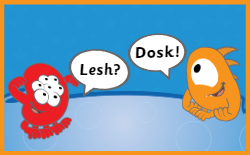
Hindsight is beautiful thing! Experienced phonics teacher and trainer Santina DiMauro takes teachers through what she wishes she knew all those years ago, so her hindsight is your foresight.
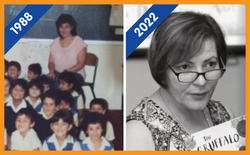
Shirley Houston explains the logic (alongside some fascinating history facts) behind w-controlled vowels and gives teachers easy ways to help in their recall.
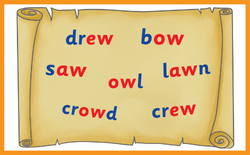
Synthetic phonics has its own terminology; grapheme, phoneme, vowel team, the list goes on! It’s important that teachers understand and easily recall the key terms.
We’ve listed the 13 definitions your teachers need to know and included a fun phonics quiz along with printable handouts for your next professional development session.

As you read this, you are not sounding out each word – you are automatically reading the words. This is automaticity; it frees up your working memory to comprehend what’s written and is our end goal for the children we teach to read. Teacher Shirley Houston explains how to systematically teach phonics to ensure every child achieves automaticity and becomes a skilled reader.
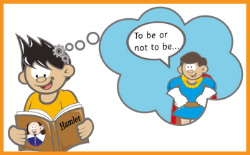
What are the R Controlled Vowels and how do you teach them? A thorough explanation, plus ideas, resources and tips to ensure you effectively teach these sounds.
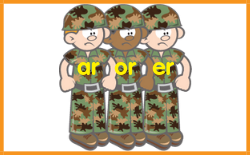
Phonemic Awareness is the strongest predictor of reading and spelling success. The schools who achieve incredible reading results are often those that have honed their student’s phonemic awareness skills. This blog post explores what phonemic awareness is, and how it sits alongside phonics. It also provides teaching ideas to incorporate it into your lessons.

As adults it feels like we learn to read by sight, but it’s a lot more complex than that. Guest blogger, Marnie Ginsberg, explains the most compelling and well-researched theory of how learners acquire the ability to read English words. It’s not just what we ‘see’ on the surface!
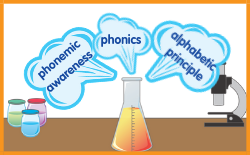
Vowel teams are probably the most common source of reading and spelling errors as one vowel sound may be represented by as many as 6 different vowel teams. Teacher Shirley Houston breaks down the vowel teams and how to teach them!

How pronouncing the sounds can go wrong and ideas to ensure you are teaching them correctly.
